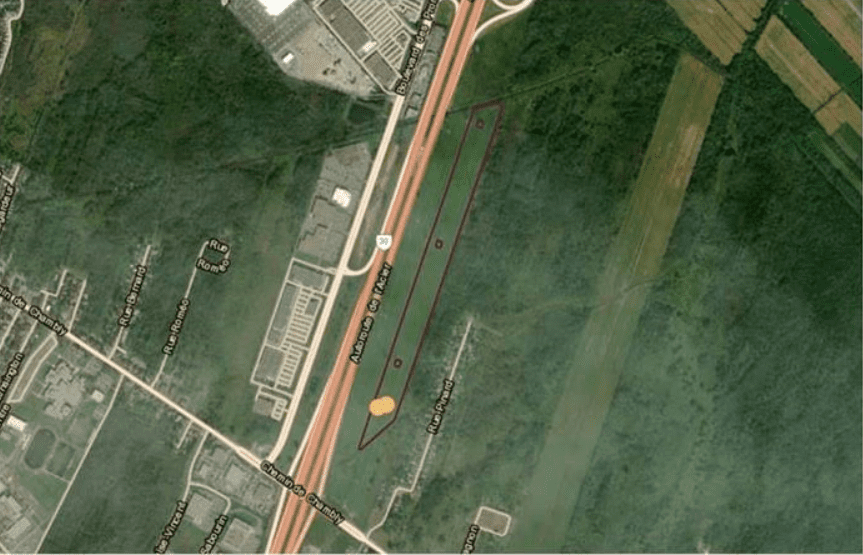
Identity-preserved soybeans requires excellent weed control, since some weeds may stain the crop. Also, in an IPM program, it’s important to target weeds, especially during the critical period when yield could be sacrificed.
Sometimes, farmers choose not to spray a second time after emergence or before the 2nd or 3rd trifoliate stage. Sometimes the decision is based on economic reasons, time constraints or even doubt about the effectiveness of the second treatment. It is important to be fully informed before making such a decision. Therefore, we are sharing a case study that occurred this summer. In the example below, the consultant scouted the field and we notice that the ragweed population was initially 16 plants in 10 sq. ft.

As the pictures clearly demonstrate, a post-emergence pre-harvest treatment would have been necessary, otherwise the ragweed population increased to 37 plants in 10 sq. ft. over the summer.
At first glance, this does not seem to affect yield very much since the number of pods per plant averages between 40 and 45 in the clean and infested areas. However, in the clean areas we find many 3 bean pods compared to only 2 in the infested areas. There is fierce competition, especially in the dry period such as we experienced this summer.
In conclusion, the farmer can choose to treat or not in pre-harvest, but here are some examples of results we can face when we decide not to:
* Note that ragweed, at this stage, creates an “umbrella” effect over the crop.
- The leaves and stems will stain the soybeans
- Ragweed seeds can increase the moisture test during sampling
- Overheating during storage
- Unpleasant threshing in the combine
This kind of decision is not always easy to make, but we are here to help you!

